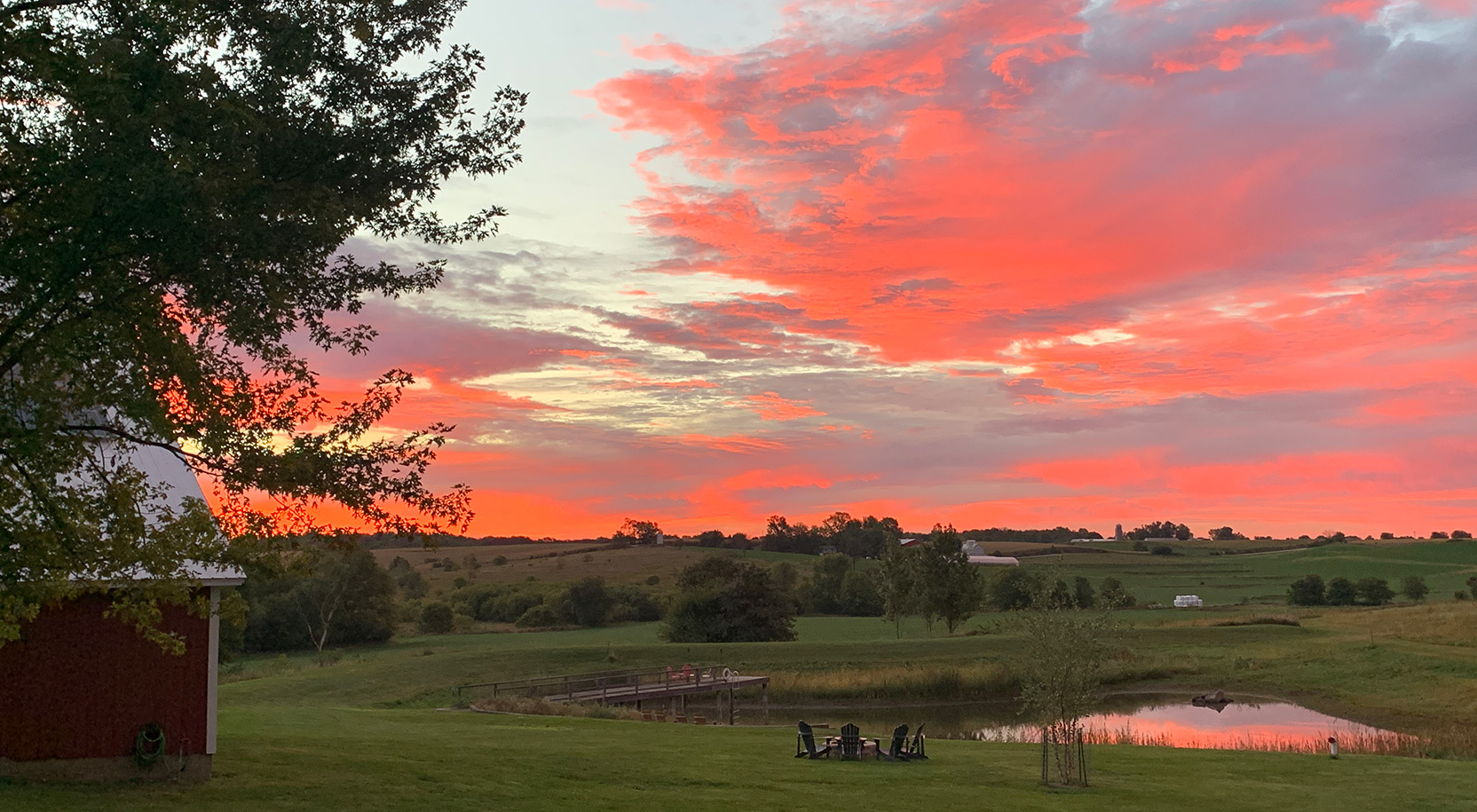6 Key take-aways and resources
The of 1990 established a uniform, national standard for organic agricultural production. The is a set of standards that has taken decades to develop and will continue to evolve. It is important to become familiar with the current regulations in your state and the processes for future amendments so you can be aware of proposed changes. And always ask the farmer for their or contact their certifier directly with any questions.
For a current listing of all proposed amendments and their status, search “organic” in the Federal Register or visit Proposed Rules (USDA). An example of a recently proposed rule that you should have on your radar is the Organic Livestock and Poultry Standards (FR #2022-16980).
Key takeaways
- is responsible for certifying and enforcing organic rules and regulations.
- To find the most up-to-date rules and regulations for organic livestock production, visit 7 CFR 205.
- USDA standards for pasturing certified organic ruminant livestock include free access to certified organic pasture for at least 120 days of the grazing season, ruminants’ diets must contain at least 30% DMI (on average) from certified organic pasture, and ruminant slaughter stock are exempt from the minimum 30% DMI requirement from grazing during the finishing period.
- Many treatment options are common to both conventional and organic livestock production with general guidelines being that natural substances are allowed (unless specifically prohibited) and synthetic substances are prohibited (unless specifically allowed).
- Organic and alternative livestock production often share similar values, but it’s important for veterinarians to appreciate when farmers need to abide by federal regulations, company standards, and/or personal beliefs.

Helpful resources
Courses
For in-depth information on prevention measures, communication tips, veterinary medicine practices, and management tools used in organic and alternative production, continue reading the following chapters:
- Prevention and organic/alternative animal health
- Practice management considerations for working with organic and alternative livestock clients
- Communication considerations for working with organic and alternative livestock clients
- Treatments and modalities for organic and alternative livestock
Handouts
- Guidance for treating organic and alternative livestock
- Organic Livestock Requirements (USDA)
- Tip sheet for the National Organic Program’s (NOP) Pasture Rule
- Tipsheet: Treatment of Sick or Injured Organic Livestock (NCAT)
Websites
- Code of Federal Regulations: National Organic Program
- NOP Handbook for Certifying Agents and Operations
- Practical guide to working with organic farms
- Understanding and Implementing the NOP Pasture Rule
- USDA Guide for Organic Producers
Thank you!
Remember to return to the course home page to complete this chapter’s quiz. After successfully passing the 5-question multiple-choice quiz, you can collect your Certificate of Completion to earn 1.0 RACE-approved CE credit.
Organic Foods Production Act
United State Department of Agriculture’s National Organic Program
Organic System Plan
United States Department of Agriculture

